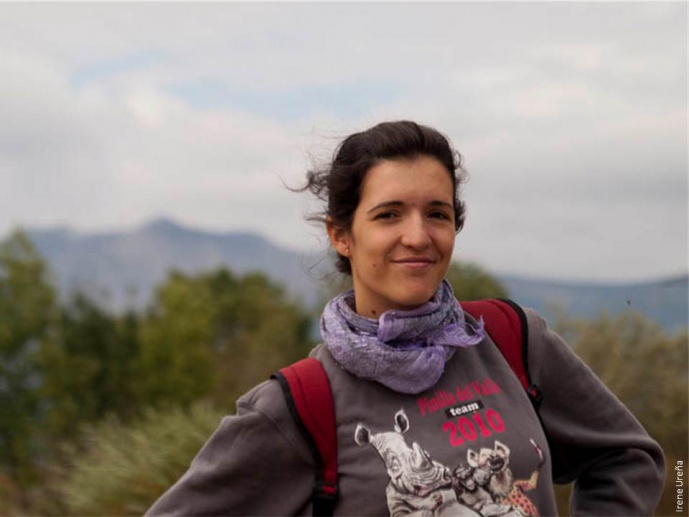Irene Ureña
Collaborator
My academic background starts with the Biology degree in the Complutense University of Madrid, with specialization in Zoology but also with a big background in Environmental Conservation and Human Evolution. After a year working in some programs of wildlife conservation (Tragsa Group), I acceded to the Centro Mixto UCM-ISCIII, where I started my studies in the ancient DNA field in a multidisciplinary group, the Atapuerca team. I did my Master degree in Quaternary Palaeontology and my PhD thesis was focused on the phylogenetic relations of the Iberian wild goat and the Alpine Ibex analyzing the genetic information of Iberian and French samples from 40000 years old until present.
During 2016, I was working at Evolutionary Biology Centre (Uppsala University, Sweden) in Mattias Jakobsson group as research assistant in the ancient DNA lab. I was working with archaeological human remains from Mesolithic to Middle Age and using the newest techniques for ancient DNA recovery and New Generation Sequencing.
Presently, I have a post doctoral fellowship to analyse the origins, genetic variability and modes of improvement in association with human driven of the Iberian/North African cattle using ancient DNA techniques. The aim of the project is to integrate the genetic information obtained from the analyses of historic key period with the zooarchaeological information and the historical record. My fellowship is part of the ARCHAIC Project (PTDC/CVTLIV/ 2827/2014) whose Principal Investigator is Catarina Ginja.
I am interested in population genetics, human evolution and the domestication processes the human developed. I am also interested in wildlife conservation, paleoecology and past mammal distribution in the Quaternary.



